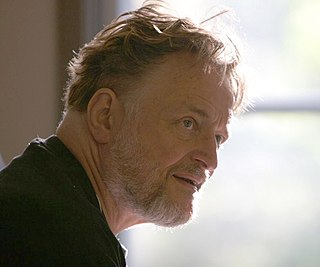
John Horton Conway was an English mathematician active in the theory of finite groups, knot theory, number theory, combinatorial game theory and coding theory. He also made contributions to many branches of recreational mathematics, most notably the invention of the cellular automaton called the Game of Life.
Mathematics is an area of knowledge that includes the topics of numbers, formulas and related structures, shapes and the spaces in which they are contained, and quantities and their changes. These topics are represented in modern mathematics with the major subdisciplines of number theory, algebra, geometry, and analysis, respectively. There is no general consensus among mathematicians about a common definition for their academic discipline.
The philosophy of mathematics is the branch of philosophy that studies the assumptions, foundations, and implications of mathematics. It aims to understand the nature and methods of mathematics, and find out the place of mathematics in people's lives.
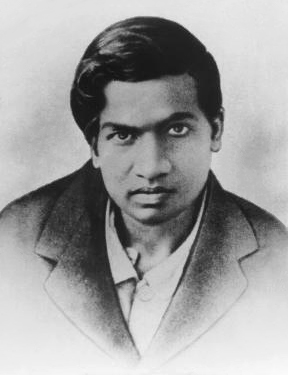
Srinivasa Ramanujan was an Indian mathematician. Though he had almost no formal training in pure mathematics, he made substantial contributions to mathematical analysis, number theory, infinite series, and continued fractions, including solutions to mathematical problems then considered unsolvable.
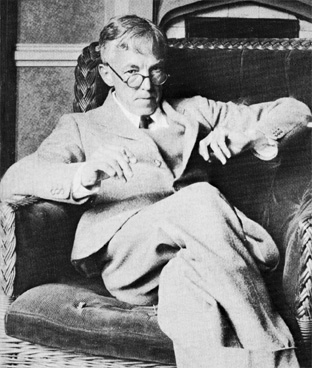
Godfrey Harold Hardy was an English mathematician, known for his achievements in number theory and mathematical analysis. In biology, he is known for the Hardy–Weinberg principle, a basic principle of population genetics.
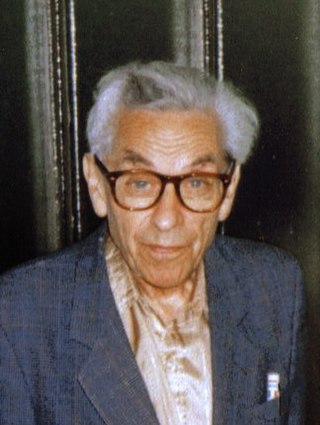
Paul Erdős was a Hungarian mathematician. He was one of the most prolific mathematicians and producers of mathematical conjectures of the 20th century. Erdős pursued and proposed problems in discrete mathematics, graph theory, number theory, mathematical analysis, approximation theory, set theory, and probability theory. Much of his work centered around discrete mathematics, cracking many previously unsolved problems in the field. He championed and contributed to Ramsey theory, which studies the conditions in which order necessarily appears. Overall, his work leaned towards solving previously open problems, rather than developing or exploring new areas of mathematics.
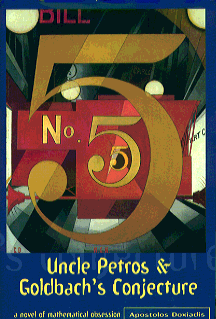
Uncle Petros and Goldbach's Conjecture is a 1992 novel by Greek author Apostolos Doxiadis. It concerns a young man's interaction with his reclusive uncle, who sought to prove a famous unsolved mathematics problem, called Goldbach's Conjecture, that every even number greater than two is the sum of two primes. The novel discusses mathematical problems and some recent history of mathematics.

The Last Theorem is a 2008 science fiction novel by Arthur C. Clarke and Frederik Pohl. It was first published in the United Kingdom by HarperVoyager in July 2008, and in the United States by Del Rey Books in August 2008. The book is about a young Sri Lankan mathematician who finds a short proof of Fermat's Last Theorem, while an alien invasion of Earth is in progress.

Pierre de Fermat was a French mathematician who is given credit for early developments that led to infinitesimal calculus, including his technique of adequality. In particular, he is recognized for his discovery of an original method of finding the greatest and the smallest ordinates of curved lines, which is analogous to that of differential calculus, then unknown, and his research into number theory. He made notable contributions to analytic geometry, probability, and optics. He is best known for his Fermat's principle for light propagation and his Fermat's Last Theorem in number theory, which he described in a note at the margin of a copy of Diophantus' Arithmetica. He was also a lawyer at the Parlement of Toulouse, France.
The problem in number theory known as "Fermat's Last Theorem" has repeatedly received attention in fiction and popular culture. It was proved by Andrew Wiles in 1994.

John Colin Stillwell is an Australian mathematician on the faculties of the University of San Francisco and Monash University.

In number theory, Fermat's Last Theorem states that no three positive integers a, b, and c satisfy the equation an + bn = cn for any integer value of n greater than 2. The cases n = 1 and n = 2 have been known since antiquity to have infinitely many solutions.
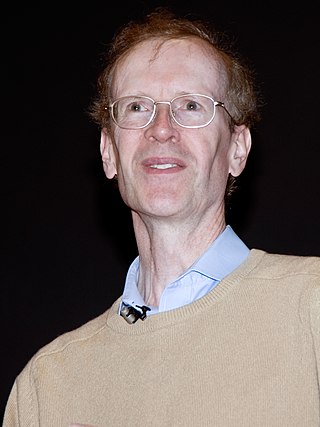
Wiles's proof of Fermat's Last Theorem is a proof by British mathematician Andrew Wiles of a special case of the modularity theorem for elliptic curves. Together with Ribet's theorem, it provides a proof for Fermat's Last Theorem. Both Fermat's Last Theorem and the modularity theorem were believed to be impossible to prove using current knowledge by almost all contemporary mathematicians.
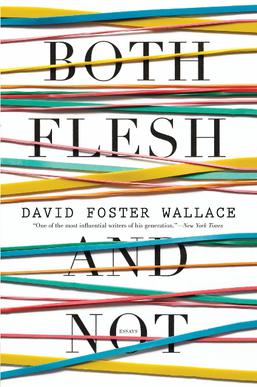
Both Flesh and Not: Essays is a collection of fifteen essays by American author David Foster Wallace published posthumously in 2012. It is Wallace's third essay collection.
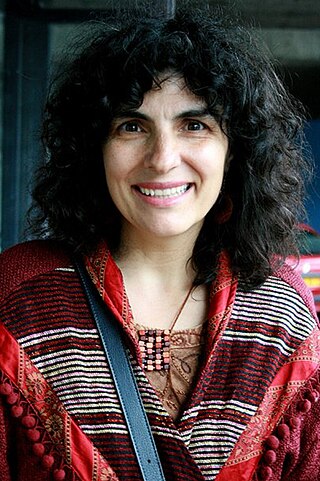
Leila Schneps is an American mathematician and fiction writer at the Centre national de la recherche scientifique working in number theory. Schneps has written general audience math books and, under the pen name Catherine Shaw, has written mathematically themed murder mysteries.
Originally, wild numbers are the numbers supposed to belong to a fictional sequence of numbers imagined to exist in the mathematical world of the mathematical fiction The Wild Numbers authored by Philibert Schogt, a Dutch philosopher and mathematician. Even though Schogt has given a definition of the wild number sequence in his novel, it is couched in a deliberately imprecise language that the definition turns out to be no definition at all. However, the author claims that the first few members of the sequence are 11, 67, 2, 4769, 67. Later, inspired by this wild and erratic behaviour of the fictional wild numbers, American mathematician J. C. Lagarias used the terminology to describe a precisely defined sequence of integers which shows somewhat similar wild and erratic behaviour. Lagaria's wild numbers are connected with the Collatz conjecture and the concept of the 3x + 1 semigroup. The original fictional sequence of wild numbers has found a place in the On-Line Encyclopedia of Integer Sequences.

Mathematical fiction is a genre of creative fictional work in which mathematics and mathematicians play important roles. The form and the medium of the works are not important. The genre may include poems, short stories, novels or plays; comic books; films, videos, or audios. One of the earliest, and much studied, work of this genre is Flatland: A Romance of Many Dimensions, an 1884 satirical novella by the English schoolmaster Edwin Abbott Abbott. Mathematical fiction may have existed since ancient times, but it was recently rediscovered as a genre of literature; since then there has been a growing body of literature in this genre, and the genre has attracted a growing body of readers. For example, Abbot's Flatland spawned a sequel in the 21st century: a novel titled Flatterland, authored by Ian Stewart and published in 2001.
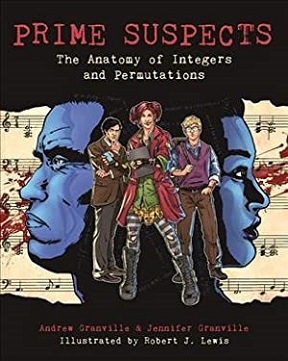
Prime Suspects: The Anatomy of Integers and Permutations is a graphic novel by Andrew Granville, Jennifer Granville, and Robert J. Lewis, released on August 6, 2019 and published by Princeton University Press.

Fermat's Last Tango is a 2000 off-Broadway musical about the proof of Fermat's Last Theorem, written by husband and wife Joshua Rosenblum and Joanne Sydney Lessner. The musical presents a fictionalized version of the real life story of Andrew Wiles, and has been praised for the accuracy of the mathematical content. The original production at the York Theatre received mixed reviews, but the musical was well received by mathematical audiences. A video of the original production has been distributed by the Clay Mathematics Institute and shown at several mathematical conferences and similar occasions. The musical has also been translated into Portuguese.















